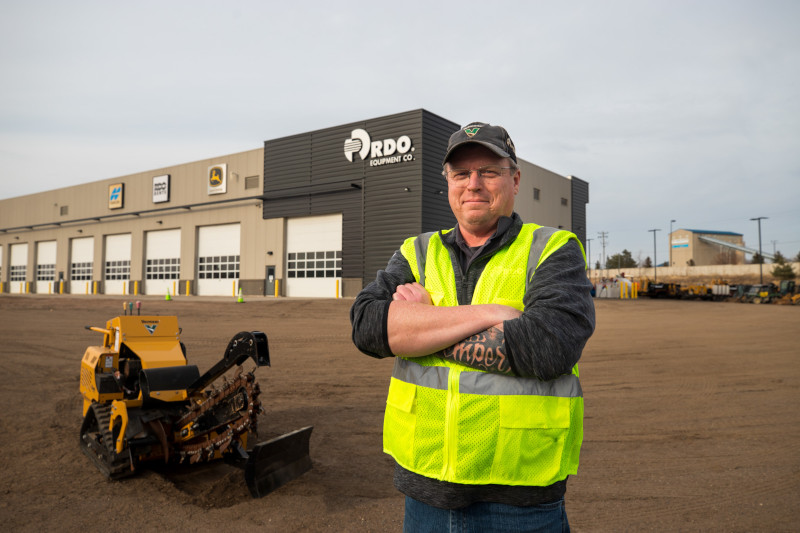We Ask a Little Beaver Compact Trencher Expert for His Advice and Favorite Model
Favorite Unit: Little Beaver Kwik-Trench
The Kwik-Trench mini trencher from Little Beaver Inc. trenches 30 ft per minute while safely moving forward to tackle a multitude of projects, including landscape edging and root pruning as well as installing plumbing and drainage lines, low-voltage wiring, silt fences and sprinkler systems. Carbide-tipped teeth and a powerful drive system cut through tough surfaces such as compacted clay as thick as 12 in.
Advice to Buyers
It’s the little things that make a big difference — especially when it comes to trenching. Sure, a contractor can maneuver a bulky, chain-driven trencher or shovel by hand, but why? A mini trencher makes digging channels for irrigation, plumbing and drainage lines or performing landscape edging and root pruning work fast and easy. These compact units maneuver easily through tight spaces, especially models that allow the operator to push the unit forward rather than pull it backward. For maximum efficiency, look for a model that cuts as fast as 30 ft per minute.
Some mini trenchers even make backfill 50 percent faster by directing soil to only one side of the trench. Don’t worry about downtime. With a mini trencher there’s fewer moving parts to break than with a chain-driven unit, and there’s no need to take a break from shoveling. Mini trenchers with built-in slip clutches stop the blade from turning if the trencher hits a rock or other obstacle. This protects the drive train from shock and the cutter teeth and belt from excessive wear and damage. Some models also have heat-treated, hardened steel teeth with carbide tips. These provide superior performance and extra-long life, minimizing costly blade replacements. With these little things, the right mini trencher goes a long way in boosting profits.



